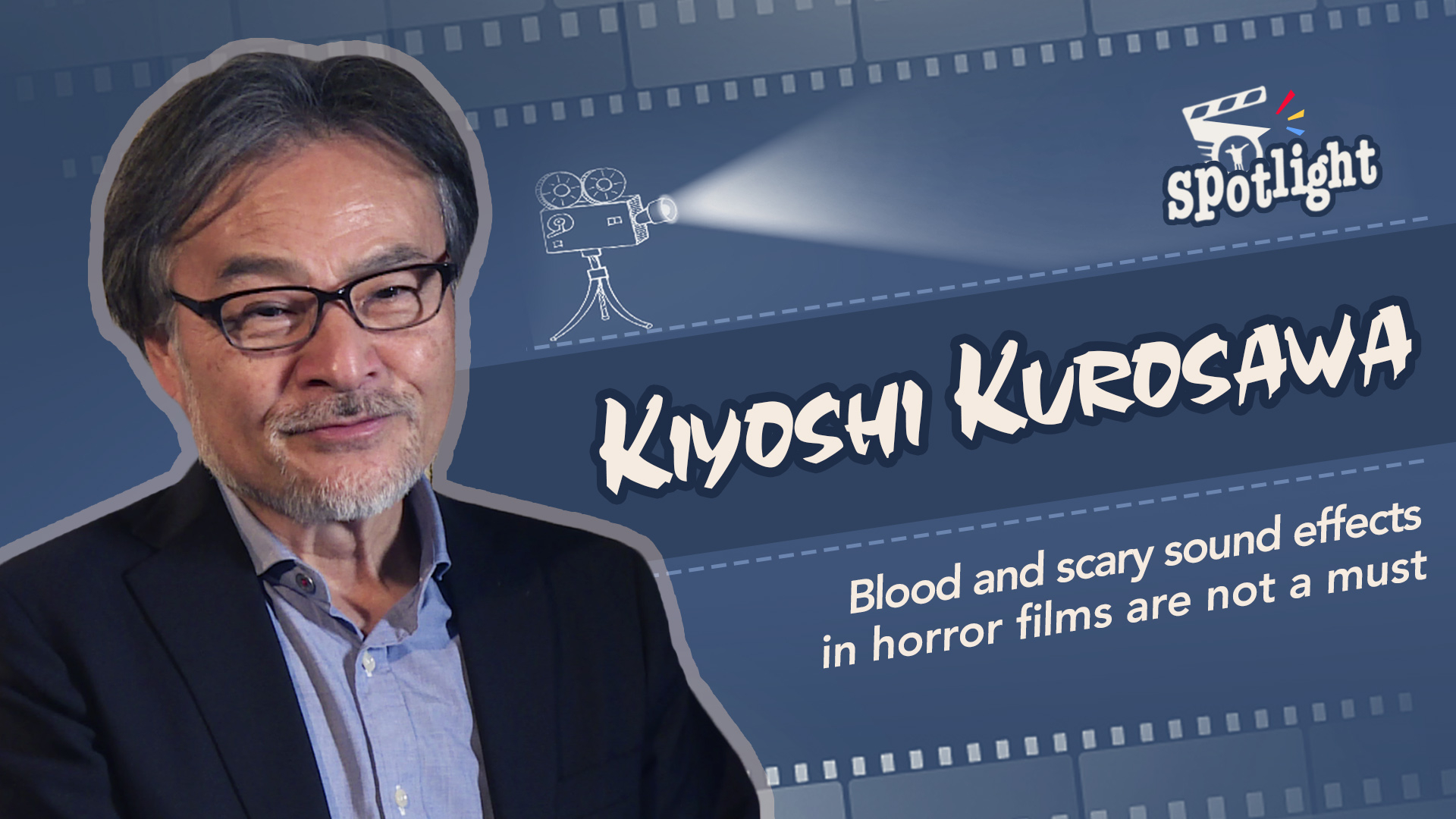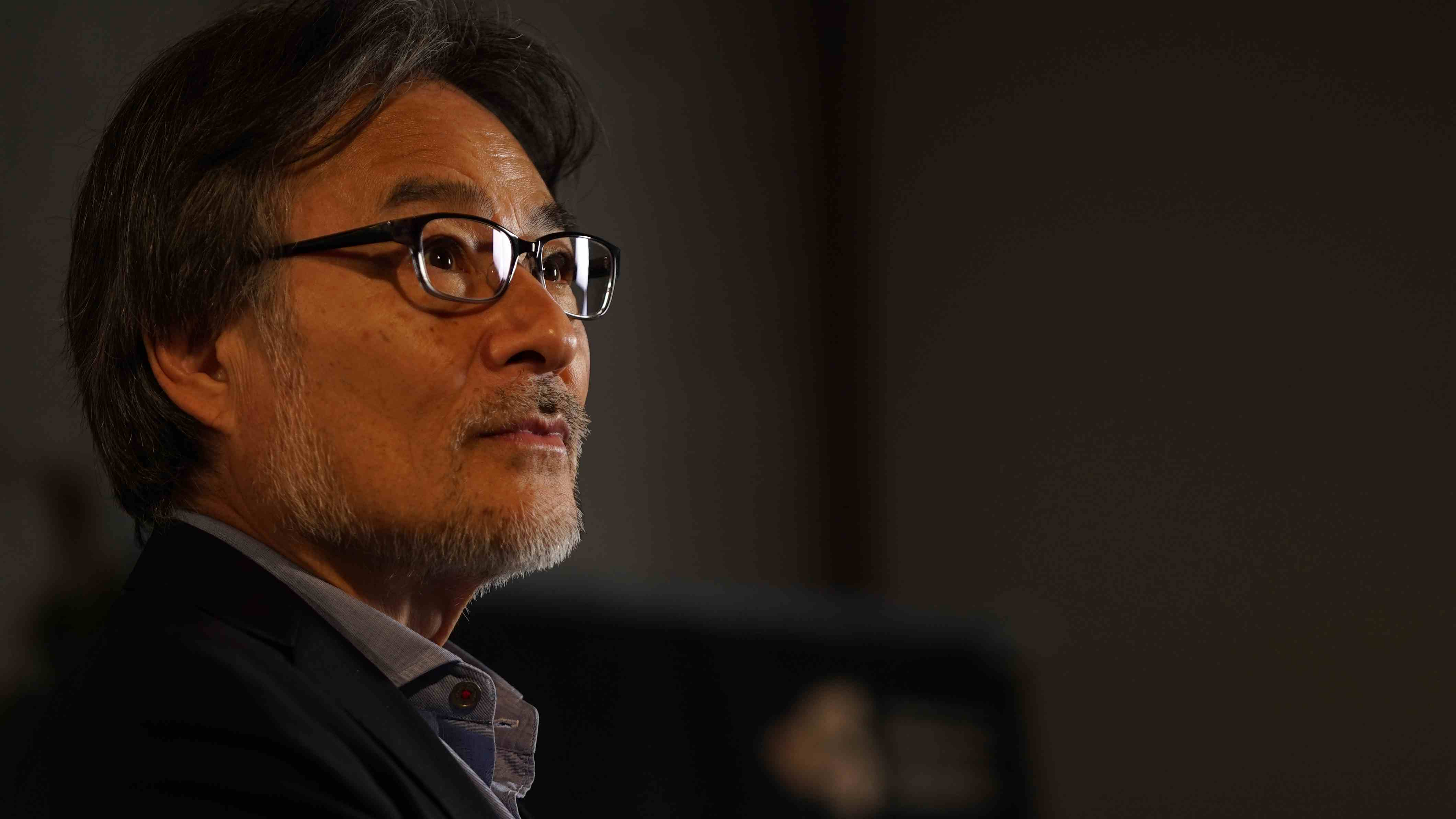04:01

The second Hainan Island Film Festival (HIIFF) ended on December 8. In addition to excellent films, this year's HIIFF had a strong cast leading the "Masterclasses."
On December 7, the famous Japanese director Kiyoshi Kurosawa attended a "Masterclass" event where he shared his experience in filmmaking with young directors and guests.
After the master class, CGTN interviewed Kurosawa about his recent films and his creative philosophy.
The director is best known for his many contributions to the Japanese horror genre, and one of his most renown movies is 2008 "Tokyo Sonata."
In fact, at the beginning of the filming process, the director did not want to shoot in the direction of a thriller or suspense. According to Kurosawa, "Tokyo Sonata" was a story about a family of four in Tokyo, but in the process of creation, it slowly developed into a plot with a suspense twist.
"In my opinion, if I decide on a theme from the very beginning, I would be bound to it and avoid other topics," said Kurosawa.

Japanese director Kiyoshi Kurosawa in interview with CGTN. /CGTN Photo
Japanese director Kiyoshi Kurosawa in interview with CGTN. /CGTN Photo
Fans familiar with Alfred Hitchcock and Stanley Kubrick can also tell the difference between American and Japanese horror movies. If you look at Kurosawa's films, you'll see that they rarely have an abundance of bloody scenes and frighting sound effects, but this does mean that his movies are less scary or that the audience is not left hanging in suspense.
"I don't really like bloody scenes and scary sound effects because I think they cause the audience to suddenly pull away from the scene and the story," he said.
Rather than frightening the audience, Kurosawa wants to create a psychological sense of fear. In the master class, he also explained to some young directors how to use photography techniques to make images more terrifying.
In addition to shooting local films and TV series, Kurosawa has also completed a number of co-productions with other countries and regions in recent years. While communicating with actors from various countries, he found a lot of inspiration, which he then used in his film creation.
"It's interesting that when I give the same lines to actors from different countries, they show me completely different performances that I don't usually see in Japan. It's interesting," he said."I think through these experiences, I can broaden the possibilities of filmmaking."
Videographer: Gao Shengwei
Video editor: Zhu Danni
Cover image designer: Du Chenxin
(CGTN's Zhang Xiaohe also contributed to this article.)